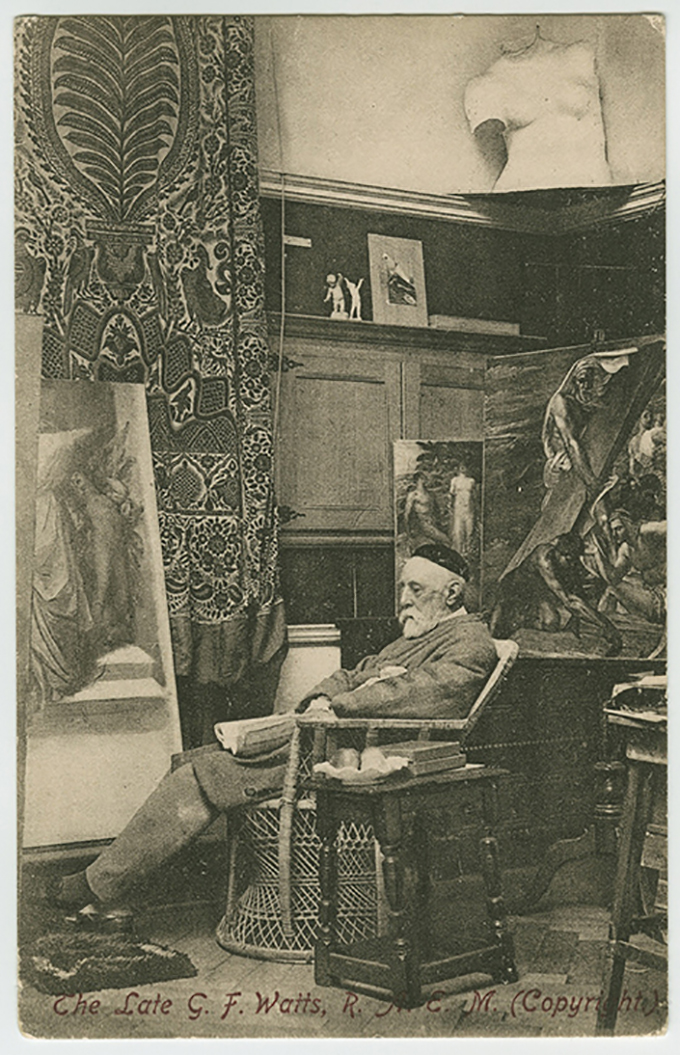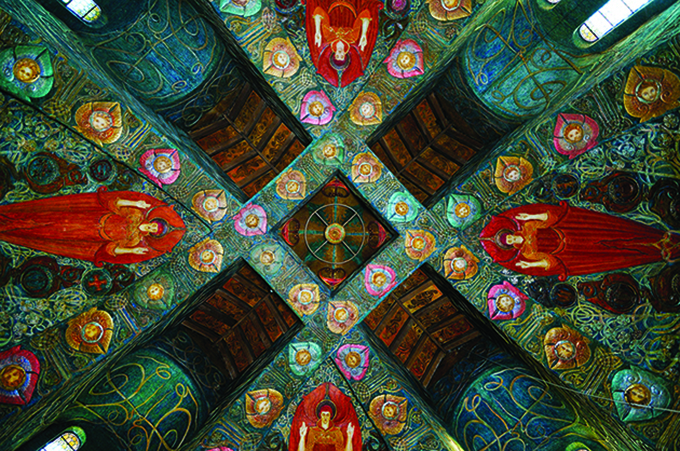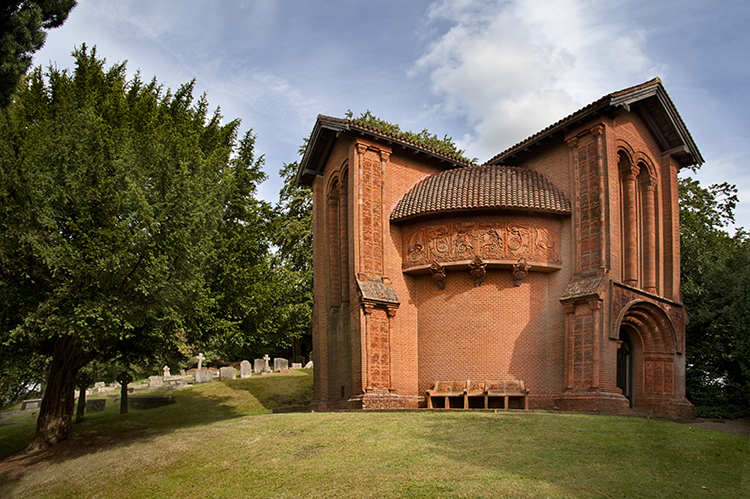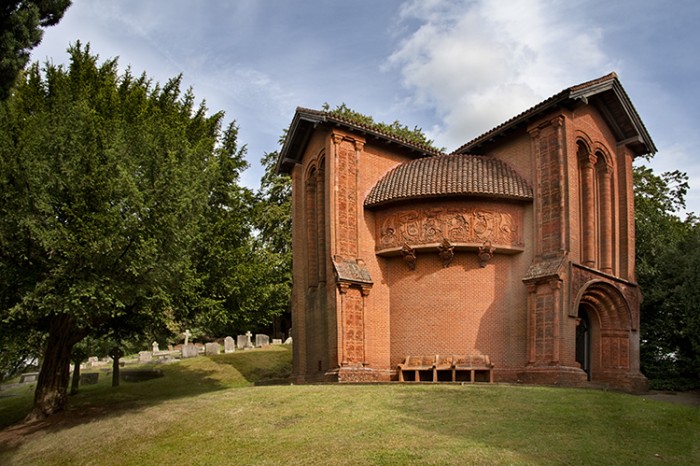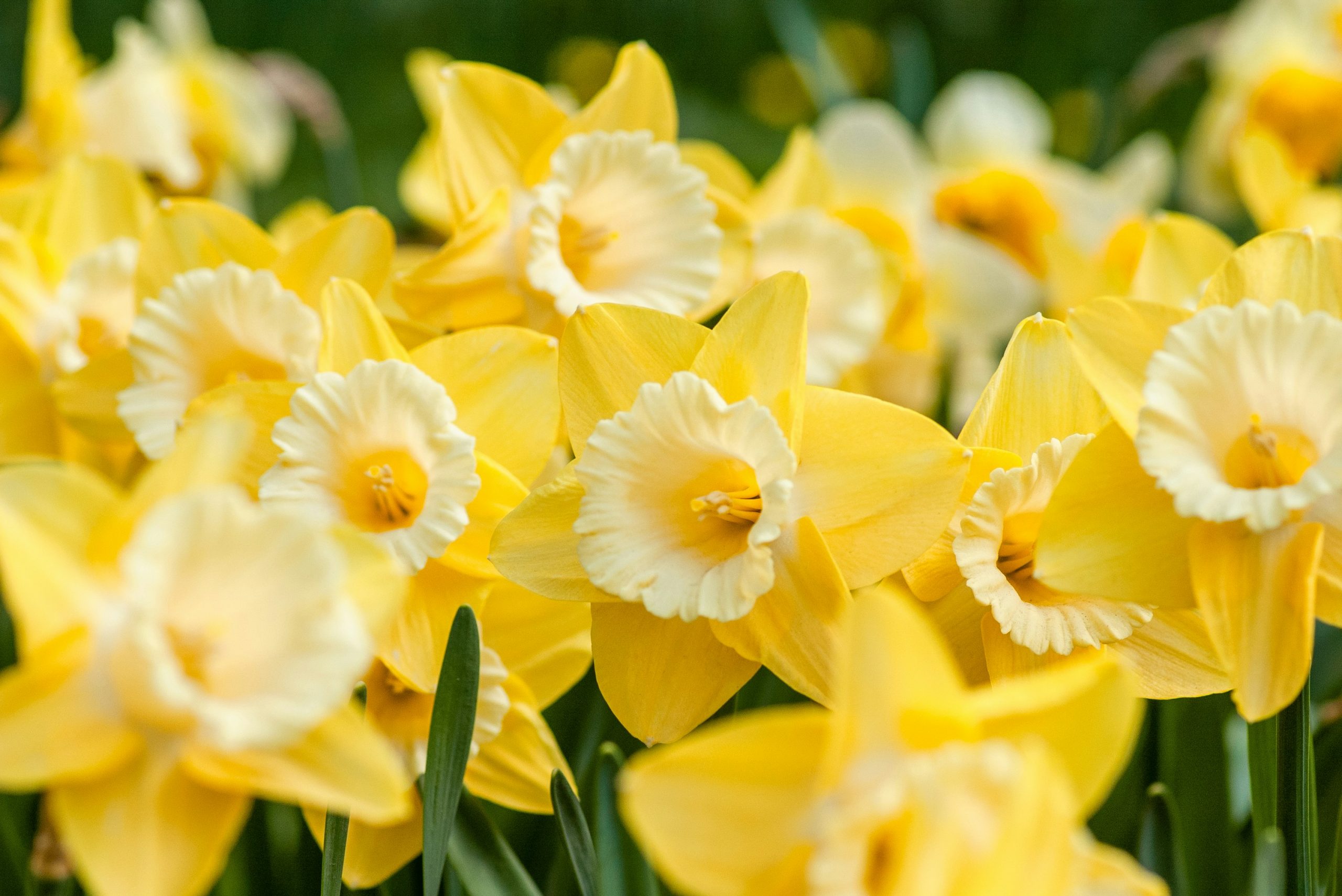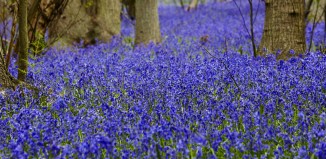Watts Studios opening for the first time after restoration
The studio of one of Britain’s most celebrated 19th-century artists will be open to the public for the first time from 26 January with its original collection conserved and returned.
Among the greatest painters of the Victorian age, George Frederic Watts became the first living artist to have a solo exhibition at the Metropolitan Museum of Art, New York and his paintings made a significant contribution to the founding collections of Tate Britain and the National Portrait Gallery.
In 1890, with his second wife Mary Seton Watts, Watts moved to Compton, a hollow in the Surrey Hills located on the Pilgrims’ Way.
The couple commissioned a country home and winter studios, Limnerslease, from leading Arts and Crafts architect Ernest George, and from 1891 they lived there visited by, amongst others, William Gladstone, Josephine Butler, William and Evelyn De Morgan and Vanessa Bell.
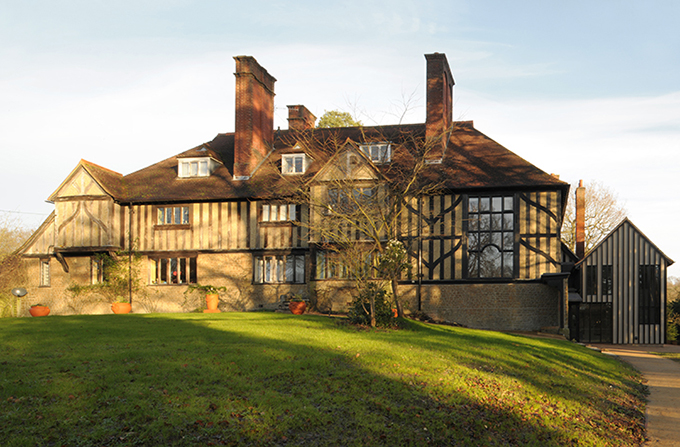
Since 1938, Limnerslease, now the only remaining artist’s house and studio designed by Ernest George, has been in private ownership, with modernisation resulting in the loss of many of the original features.
In 2011 both parts were offered for sale, presenting the Watts Gallery Trust with a once-in-a-lifetime opportunity for restoration. Watts Gallery Trust was awarded £2.4 million by the Heritage Lottery Fund in early 2014 towards the £5 million project to restore G F Watts’s studio within a new museum – the Watts Studios, where many of the artist’s most important paintings on display in neighbouring Watts Gallery were created.
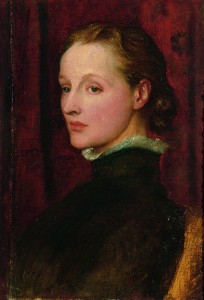
A highlight will be the return of The Court of Death, Watts’s last major work, the final piece in a career that stretched back to the age of Turner and Constable in the 1830s, displayed upon a recreation of the original pulley system designed by the artist to allow him to work upon the vast canvas in its entirety.
The studio of Mary Watts has been restored and remodelled to present key objects from the Mary Watts Collection. These include a highly decorative frieze, rescued from the Cambridge Military Hospital Chapel in Aldershot, and now conserved.
In this space, visitors will discover the story of Mary Watts and of the neighbouring Grade I-listed Watts Chapel, an Arts and Crafts masterpiece designed by Mary and realised through a community arts project in the last decade of the 19th century.
The Compton Gallery will share the story of the Wattses in the village of Compton, from the commissioning of Limnerslease to the foundation of Watts Gallery. The couple’s legacy of an artists’ village includes the Pottery Building created by the Compton Potters’ Arts Guild, a social enterprise founded by Mary Watts that thrived in the village until the 1950s, selling at Liberty & Co and receiving commissions from eminent architects and designers including Edwin Lutyens, Clough Williams-Ellis and Gertrude Jekyll.
Located in the Surrey Hills, a designated Area of Outstanding Natural Beauty, the woodland surrounding the Watts Studios has been carefully restored and replanted. Plants appropriate for a woodland garden, recalling Gertrude Jekyll, have been given by RHS Wisley.
Hundreds of terracotta birds, created by participants in Watts Gallery Workshops over the summer months, will be installed throughout the woodland, inspired by the terracotta evening classes Mary Watts held for local villagers in her Compton Studio and G F Watts’s own support for the emerging RSPB.
Watts Studios will be open to the public from 26 January.
